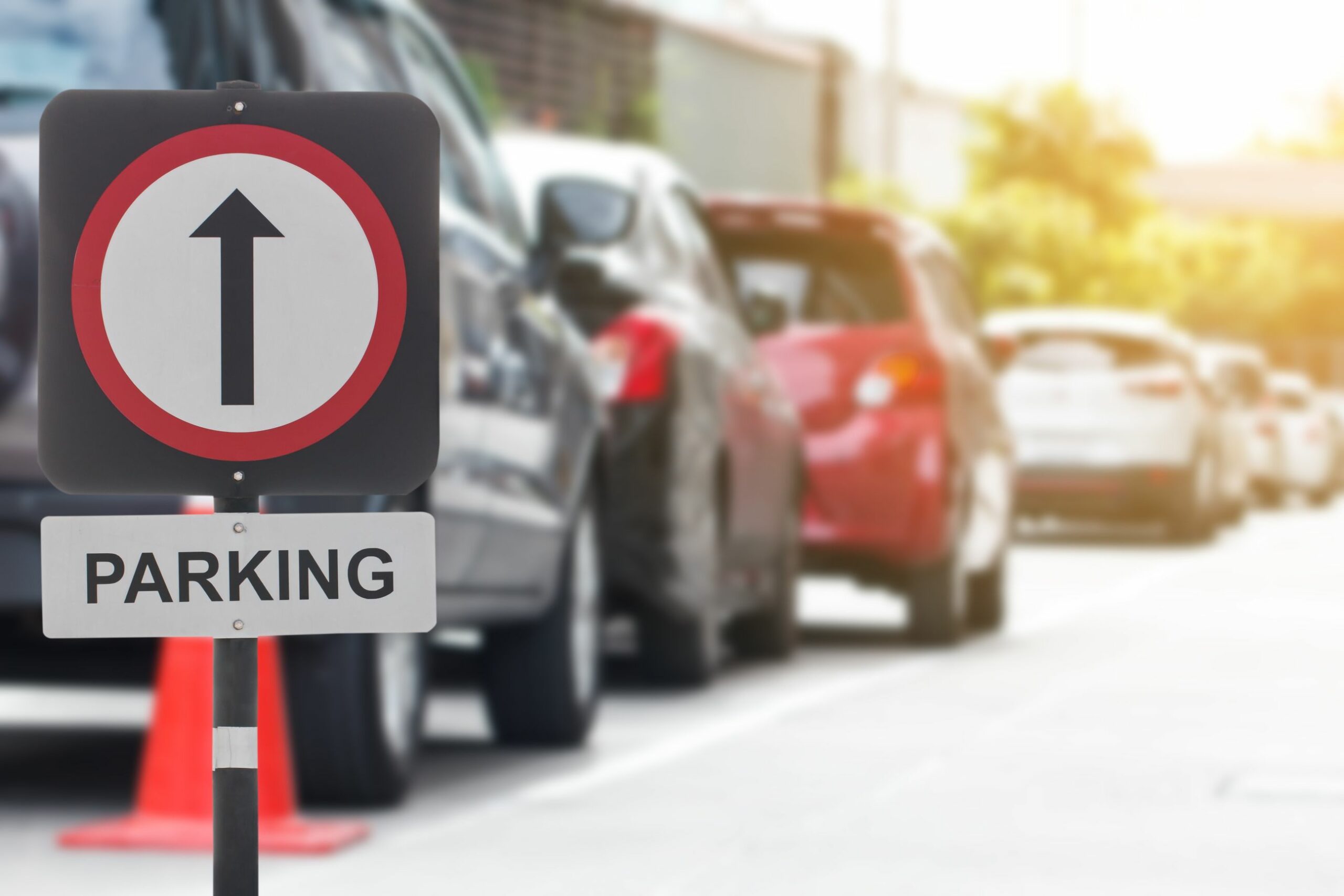Gateless Hospital: Revolutionizing Healthcare Parking

In today’s modern healthcare landscape, implementing gateless hospital parking systems has emerged as a transformative solution for enhancing the patient and visitor experience. These innovative systems have effectively addressed the challenges posed by traditional parking arrangements.
This article will delve into the comprehensive realm of implementing gateless hospital parking, offering a detailed exploration of its components, benefits, and impact on the healthcare industry.
Implementing Gateless Hospital Parking
- Importance of a Gateless System: Adopting a gateless parking system within hospitals is paramount. It addresses issues in traditional systems, such as long waiting times, ticket loss, and inefficiency. A gateless system streamlines the entire parking process, ensuring a hassle-free experience for all users.
- Key Components of Gateless Hospital Parking: Gateless hospital parking comprises several integral components. These include state-of-the-art access control systems, license plate recognition technology, automated payment kiosks, and real-time occupancy monitoring. The seamless integration of these elements forms the foundation of a successful gateless system.
- Cost Considerations: Implementing gateless hospital parking may require an initial investment. However, the long-term savings are substantial. Reduced staffing costs, efficient space utilization, and enhanced security contribute to an impressive return on investment (ROI). Hospitals can redirect resources to patient care and facility improvement.
- Advantages Over Traditional Parking Systems: Gateless parking offers numerous advantages over traditional systems. It minimizes congestion at entry and exit points, leading to shorter wait times. Enhanced security measures, including surveillance cameras and automated access control, ensure a safer environment. Furthermore, gateless systems are environmentally friendly, reducing paper waste associated with ticket-based systems.
Planning and Design
- Identifying Hospital Needs: The initial phase of implementing gateless hospital parking involves meticulously assessing the hospital’s parking requirements. Factors such as peak visitor times, patient demographics, and available space are considered to tailor the system accordingly.
- Space and Layout Design: An efficient gateless parking system necessitates thoughtful space utilization and layout design. Hospitals must optimize available parking spaces, allocate specific areas for different user groups, and ensure easy navigation within the facility.
- Integration with Hospital Systems: Seamless integration with the hospital’s existing systems is crucial for a well-functioning gateless parking solution. Integration with electronic health records, appointment scheduling, and wayfinding applications can enhance the overall patient experience.
Technology Integration
- License Plate Recognition (LPR) Technology: License Plate Recognition (LPR) technology plays a crucial role in gateless hospital parking. It involves automatically recognizing license plate numbers as vehicles approach entry and exit points. This eliminates the necessity for physical tickets, enhancing user convenience and significantly reducing waiting times.
- Automated Payment Systems: Automated payment kiosks and mobile applications simplify the payment process for patients and visitors. By allowing multiple payment methods, including credit cards and mobile wallets, gateless systems cater to diverse user preferences.
- Security Measures: Gateless hospital parking systems prioritize security. Surveillance cameras, license plate recognition, and access control mechanisms ensure a secure parking environment. The data collected is protected to maintain user privacy.
- Accessibility Features: Gateless parking is designed to accommodate individuals with disabilities. Accessible parking spaces are marked and equipped with features like wider parking spaces, ramps, and proximity to entrances.
User Experience
- Convenience and Efficiency: Gateless hospital parking prioritizes user convenience and efficiency. Patients and visitors experience shorter wait times at entry and exit points, contributing to a stress-free hospital visit.
- Patient and Visitor Feedback: User feedback is invaluable in continually improving gateless parking systems. Hospitals should encourage patients and visitors to provide input on their parking experience, enabling ongoing enhancements.
- User-Friendly Design: The user interface of gateless parking kiosks and mobile apps is designed to be intuitive and user-friendly. Clear signage and instructions guide users through the parking process, minimizing confusion.
Cost-Benefit Analysis
- Initial Investment vs. Long-Term Savings: While the initial implementation of gateless hospital parking may require an investment, the long-term savings are substantial. These savings result from reduced operational costs, enhanced security, and improved space utilization.
- ROI for Hospitals: Hospitals can expect a positive ROI within a reasonable timeframe after implementing gateless parking. The financial benefits extend to improved resource allocation and positively impact the hospital’s reputation.
- Economic and Environmental Impact: Gateless parking systems contribute positively to the economy by creating jobs and reducing the environmental footprint. Fewer paper tickets and reduced idling times also contribute to sustainability.
Regulations and Compliance
- Compliance with Local Regulations: Gateless hospital parking systems must adhere to local regulations and standards. This includes compliance with zoning laws, building codes, and accessibility requirements.
- Data Privacy and Security: Data privacy is paramount. Hospitals must ensure that user data, including license plate information, is securely stored and protected against unauthorized access.
- ADA Compliance: Gateless parking systems must be fully accessible to disabled individuals. This includes providing accessible parking spaces, ramps, and clear signage.
Future Trends
- Advances in Parking Technology: Stay informed about the latest technological advancements in parking solutions, including innovations in gateless parking systems.
- Predictive Parking Solutions: The future of gateless parking may involve predictive solutions that anticipate parking demand, reducing wait times and congestion.
- Sustainability Initiatives: Explore the sustainability initiatives within gateless hospital parking, such as electric vehicle charging stations and green parking infrastructure.
FAQs
Q: How does gateless parking work?
A: Gateless parking uses advanced technology, such as license plate recognition and RFID tags. When a vehicle approaches the entry, the system reads the license plate or RFID tag, allowing the barrier to lift automatically. Users can then park, and upon exiting, the system recognizes the vehicle and calculates the parking fee, which can be paid through automated kiosks or mobile apps.
Q: Is gateless parking secure?
A: Yes, gateless parking is designed with security in mind. The system uses encryption to protect user data, and access control mechanisms ensure that only authorized vehicles can enter. Surveillance cameras also monitor the parking area, enhancing security further.
Q: Can patients with disabilities use gateless parking?
A: Absolutely. Gateless parking systems are designed to be inclusive. Accessible parking spaces with wider dimensions and ramps are available. Additionally, the system can be adapted to cater to specific needs, such as providing additional time for individuals with disabilities to exit the parking area.
Q: How does payment work in gateless parking?
A: Payment in gateless parking is convenient and user-friendly. Users can pay at automated kiosks in the parking area or through a mobile app. Payment methods typically include credit cards, mobile wallets, and cash in some cases. The system calculates the fee based on the duration of the parking stay.
Q: What are the cost considerations for hospitals?
A: The cost considerations for hospitals when implementing gateless parking include the initial investment in technology, installation costs, and ongoing maintenance. However, long-term savings offset these expenses by reduced staffing requirements and improved space utilization. Hospitals often find that the ROI is favorable.
Q: Are there any successful case studies of gateless hospital parking?
A: There are numerous successful case studies of gateless hospital parking implementations. Many hospitals have reported improved user satisfaction, reduced congestion, and enhanced security after transitioning to gateless systems. These case studies showcase the tangible benefits and positive outcomes of such implementations.


